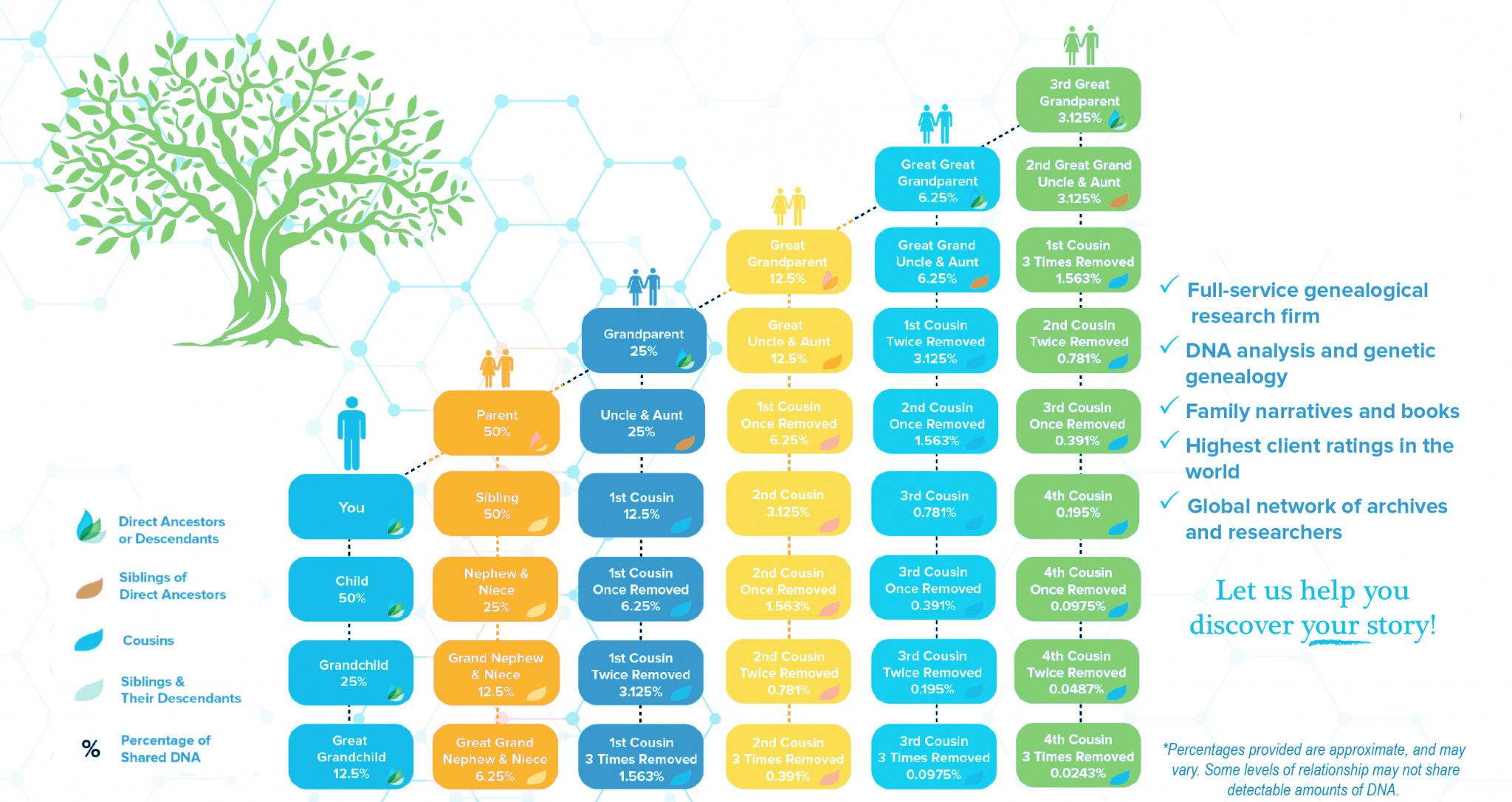What are centimorgans, and what do they mean?
The majority of individuals conduct DNA research and testing to learn more about their ancestry, ancestors, and origins. But what if the information you receive does not match what you previously believed? Isn’t it especially so when the internet contradicts itself?
A centimorgan, a measurement unit that is part of your DNA, is one of the most prevalent reasons of an abnormality in findings. Understanding how they function and seeing them in a chart style might assist you in making sense of your DNA findings.
Centimorgans are a unit of measurement for the length of a piece of DNA, and since you receive around half of your DNA from each parent, the average individual will have 3700cM in common with each biological parent.
What is a centimorgan, exactly?
Centimorgans are a unit of genetic measurement used in science. This information is used by experts to define how much DNA you share with your family. The number of centimorgans you have in common with someone defines how closely you are connected.
Centimorgans are a measurement based on the number of DNA meiosis events; a fancy way of saying family tree branches separating two related people. They are less of a physical measurement that we use in everyday life like centimetres and inches, but more of a measurement based on the number of DNA meiosis events; a fancy way of saying family tree branches separating two related people.
What is the best way to make sense of the numbers?
DNA testing use the number of centimorgans you have to figure out how you and your DNA matches are linked. Centimorgan charts provide a rough indication of what different numbers of shared centimorgans represent. You may start drawing connections to prospective relatives and shared ancestors from here, and the chart will help you decide which potential links to focus on in your quest.
Take the total quantity of DNA you share with a match and use the centimorgan chart to narrow down the individual with whom you’re most likely to share DNA.

What is the definition of a DNA matching segment?
A DNA matching segment, by definition, is a physical portion of a chromosome that is identical in two persons. This would suggest that they shared a common ancestor who passed down this portion of their genomes to them.
What is the meaning of each DNA segment?
The bulk of DNA segments shared by you and your DNA match are sections of your genome that you acquired from one or more common ancestors. You can inherit numerous DNA segments from a single recent ancestor, or just a small portion of one from a distant ancestor.
People who are just distantly related share a little percentage of their DNA (often as little as one little segment! ), but those who are closely connected share bigger DNA segments.
Is it crucial how long DNA segments are?
Yes, indeed! When it comes to DNA segments, the longer the DNA matching segment you have, the closer your relationship is likely to be. For more distant ties, the converse is true: the smaller the section, the more distant the relationship.
What causes DNA segments to shrink in size and why do they do so?
Because of the way DNA is inherited, you share smaller DNA segments with distant ancestors than with near relatives. Each individual receives 50% of their DNA from each of their parents; this 50% is a mix, or recombination, of their parents’ entire DNA. Because of recombination, as the family tree grows, the descendants of these spouses will share less and less of the same DNA along the various lines/branches.

